2/12/24
Exploring Window Treatment Color Schemes for Your New Home
Choosing the right window treatments is a crucial step in interior design that can significantly impact the overall aesthetic and ambiance of a space. Among the myriad decisions to make, selecting the appropriate color scheme for window treatments stands out as particularly important. In this blog post, we will delve into the various color schemes to consider when outfitting the windows of your new home.
- Monochromatic Scheme: A monochromatic color scheme involves using varying shades of a single color. This approach creates a sense of harmony and cohesion within a room. For window treatments, selecting a shade that complements the dominant color in the room's decor can help tie the space together seamlessly.
- Analogous Scheme: Analogous color schemes consist of colors that are adjacent to each other on the color wheel. This scheme offers a subtle variation while maintaining a sense of unity. When choosing window treatments, consider selecting colors that are adjacent to the primary hue in the room to create a harmonious yet visually interesting look.
- Complementary Scheme: Complementary colors are located opposite each other on the color wheel, creating a high-contrast, dynamic effect when paired together. Utilizing complementary colors for window treatments can add a bold pop of color to a room and create a visually striking focal point.
- Triadic Scheme: A triadic color scheme involves using three colors that are evenly spaced around the color wheel. This scheme offers a balanced yet vibrant look. When selecting window treatments, incorporating all three colors in varying proportions can add depth and visual interest to the space.
- Neutral Scheme: Neutral colors such as white, beige, gray, or taupe provide a timeless and versatile option for window treatments. Neutral tones blend effortlessly with any decor style and color palette, making them a popular choice for homeowners seeking a timeless and elegant look.
- Accented Neutrals: For those who prefer a neutral color scheme but want to add a touch of color, accented neutrals offer a perfect solution. Adding subtle hints of color, such as soft pastels or muted tones, to neutral window treatments can infuse the space with warmth and personality without overpowering the overall aesthetic.
- Texture and Pattern: In addition to color, considering the texture and pattern of window treatments is essential for creating visual interest. Textured fabrics like linen or velvet can add depth and dimension to the space, while patterns such as stripes or florals can inject personality and style.
When selecting window treatments for your new home, it's essential to consider not only the color scheme but also the overall aesthetic, functionality, and practicality. By carefully choosing the right color scheme for your window treatments, you can enhance the beauty and ambiance of your space while creating a cohesive and inviting atmosphere that reflects your personal style and preferences.
2/2/24
Explaining the various Openness Levels of Screen Shades and Roller Shades: A Comprehensive Guide
In the realm of window treatments, the choice between screen shades and roller shades often hinges on the desired level of openness. The term "openness" refers to the degree of visibility and light filtration a shade allows. This article delves into the various openness levels of both screen shades and roller shades, unraveling the benefits associated with each option.
Understanding Openness Levels:
Openness levels for screen shades are typically measured as a percentage, representing the extent to which the fabric permits light and provides a view through the window. The range typically spans from 1% to 15%, with lower percentages indicating a tighter weave and less openness. Roller shades come in three openness levels; Blackout, Semi-opaque and Semi-sheer.
Screen Shades:
- 1% to 3% Openness: These shades offer maximum light control and privacy. With a tight weave, they are highly effective in blocking out harmful UV rays while maintaining a clear view outside during daylight hours. Ideal for spaces where privacy is paramount, such as bedrooms and bathrooms.
- 5% to 7% Openness: A balanced option that combines UV protection and a moderate view-through effect. These shades are suitable for living areas, providing a comfortable ambiance by allowing filtered natural light without compromising privacy.
- 10% to 15% Openness: The most open option, allowing the highest degree of light penetration and an expansive view. Often chosen for spaces where maintaining a connection with the outdoors is essential, such as in living rooms with scenic views.
Roller Shades:
- Blackout: Similar to their screen shade counterparts, blackout roller shades are popular for bedrooms and areas requiring enhanced privacy. These shades offer the most robust light control and UV protection.
- Semi-opaque: This openness range strikes a balance between privacy and view-through capabilities. Roller shades in this category are versatile, making them suitable for a variety of spaces, including home offices and kitchens.
- Semi-sheer: Roller shades in semi-sheer provide a greater connection to the outside environment while still offering protection against UV rays. Commonly chosen for living rooms and areas where a more open atmosphere is desired.
Benefits of Different Openness Levels:
- UV Protection: All openness levels contribute to varying degrees of UV protection, safeguarding furniture and interiors from sun damage.
- View-Through: The choice of openness level allows customization based on the desired level of view-through, catering to individual preferences and the specific requirements of each room.
- Light Control: Openness levels directly influence the amount of natural light entering a room. Tailoring the openness level to the room's function enhances comfort and ambiance.
Selecting the right openness level for screen shades and roller shades involves a thoughtful consideration of factors such as privacy, UV protection, and the desired aesthetic. By understanding the benefits associated with each openness level, homeowners can make informed choices that align with their preferences and the unique requirements of each living space.
1/24/2024
Let's explore the distinctions between hardwood and polycarbonate shutters:
Hardwood Shutters:
Distinctive Qualities:
Timeless Aesthetic:
- Characteristic: Hardwood shutters exude a timeless and classic charm, contributing an elegant touch to any space. The natural grains and textures of wood create a warm and inviting ambiance.
Versatile Customization:
- Characteristic: The versatility of hardwood shutters lies in their customization. They can be stained or painted to seamlessly blend with or complement existing decor, catering to various interior design styles.
Insulating Properties:
- Characteristic: Offering effective insulation, hardwood shutters help regulate indoor temperature. Their ability to keep a room cool in summer and warm in winter contributes to potential energy efficiency.
Durable Elegance:
- Characteristic: High-quality hardwood shutters, particularly those crafted from solid wood, boast durability and longevity. With proper care, they withstand the test of time, maintaining their elegance.
Property Value Enhancement:
- Characteristic: The aesthetic appeal and enduring quality of hardwood shutters can enhance a property's overall value. Homebuyers often appreciate the enduring beauty and quality of hardwood.
Considerations:
Cost Factor:
- Consideration: Hardwood shutters generally come with a higher price tag compared to other materials, making them an investment that might be considered by those with a more flexible budget.
Moisture Vulnerability:
- Consideration: In environments with high humidity, hardwood shutters may be prone to warping or damage. Regular maintenance is crucial to prevent issues arising from exposure to moisture.
Polycarbonate Shutters:
Key Features:
Remarkable Durability:
- Feature: Polycarbonate shutters stand out for their exceptional durability and impact resistance. They exhibit strength and resilience, making them suitable for both interior and exterior applications.
Moisture Resilience:
- Feature: Unlike wood, polycarbonate is resistant to moisture, ensuring it remains unaffected by water exposure. This makes it an excellent choice for areas with high humidity.
Lightweight Advantage:
- Feature: Polycarbonate shutters are lightweight, facilitating easy installation and operation. This characteristic is particularly advantageous for larger windows or for those who prefer ease of handling.
Low Maintenance Appeal:
- Feature: Requiring minimal maintenance, polycarbonate shutters are easy to clean and do not necessitate refinishing or repainting. This simplicity is convenient for homeowners with busy schedules.
Considerations:
Aesthetic Consideration:
- Consideration: Some homeowners might find that the appearance of polycarbonate lacks the warmth and natural beauty associated with hardwood. It may not be the preferred choice for those seeking a more traditional or classic look.
Limited Customization Options:
- Consideration: While available in various colors, polycarbonate shutters may not offer the same level of customization as hardwood. Individuals desiring precise color matching or specific stains might find this limiting.
Temperature Sensitivity:
- Consideration: Polycarbonate may expand and contract with temperature changes. In extreme heat, this sensitivity might affect the fit and operation of the shutters.
Conclusion:
The decision between hardwood and polycarbonate shutters hinges on individual preferences, budget considerations, and the specific needs of the installation location. Hardwood shutters provide a classic, upscale feel but come at a higher cost and exhibit some susceptibility to moisture. Conversely, polycarbonate shutters are durable, low-maintenance, and budget-friendly but may not appeal to those seeking the natural warmth of wood.
1/24/2024
Which operating system suits your needs?
Below is a brief summary of different "operating systems" or mechanisms for various types of window treatments:
Corded Systems:
- Description: Traditional and common, corded systems use a pull cord to raise or lower blinds and shades.
- Suitability: Suitable for various window treatment types, including blinds and woven wood shades.
Cordless Systems:
- Description: A safer option, cordless systems eliminate exposed cords, providing a sleek look and enhanced child and pet safety.
- Suitability: Ideal for homes with children or pets, and available for various window treatment styles.
Motorized Systems:
- Description: Modern and convenient, motorized systems allow you to control window treatments with a remote, smartphone, or voice commands.
- Suitability: Perfect for high or hard-to-reach windows, providing a touch of luxury and convenience.
Smart Home Integration:
- Description: Building on motorized systems, smart home integration allows window treatments to be controlled through home automation systems like Alexa or Google Home.
- Suitability: Ideal for tech-savvy homeowners who want seamless integration with their smart home setup.
Top-Down/Bottom-Up Systems:
- Description: This system allows you to raise the bottom of the window treatment, lower the top, or both, offering versatile control over light and privacy.
- Suitability: Particularly useful in spaces where you want flexibility in controlling natural light and maintaining privacy.
Continuous Cord or Chain Loop Systems:
- Description: Similar to corded systems, but with a continuous loop that eliminates dangling cords and provides smoother operation.
- Suitability: Suitable for larger window treatments like heavy-duty shades or vertical blinds.
Wand Control Systems:
- Description: Instead of cords, these systems use a wand to tilt or traverse the window treatment, providing a clean and uncluttered appearance.
- Suitability: Ideal for homes with a minimalist aesthetic or for those seeking an alternative to traditional corded options.
Spring-Assisted Systems:
- Description: Using a spring mechanism, these systems make it easy to raise or lower window treatments with minimal effort.
- Suitability: Suitable for lightweight treatments like roller shades or blinds, offering ease of use.
Choosing the right operating system depends on factors such as style preferences, safety considerations, and the specific needs of the space. Each system brings its own set of benefits, contributing to both the functionality and aesthetics of window treatments in a home.
1/17/2024
Things to consider when shopping for window treatments
When it comes to choosing the right patterns and colors for window treatments in your home, it's essential to strike a balance between style, functionality, and the overall aesthetic of your space. Here's a concise guide to help you make the perfect choice:
Consider the Room's Purpose:
Different rooms serve different purposes, and your window treatments should reflect that. For instance, in the living room, you might want something more decorative, while in the bedroom, light-blocking options could be crucial for a good night's sleep.
Match with Existing Decor:
Take note of the existing color palette and patterns in your room. Your window treatments should complement, not clash, with your furniture, walls, and accessories. If your room has a neutral color scheme, consider adding a pop of color or a subtle pattern for visual interest.
Natural Light and Privacy:
Think about how much natural light you want in a room and how much privacy is needed. Sheer curtains allow more light but offer less privacy, while blackout curtains are ideal for bedrooms or spaces where privacy is a priority.
Size Matters:
Consider the size of your windows and the height of your ceilings. Floor-length curtains can add a touch of elegance, while shorter treatments might be more suitable for smaller windows.
Mixing Patterns:
If you're feeling adventurous and want to mix patterns, make sure there's a unifying element, like a common color or theme. Stripes and florals or geometric patterns can work together if there's a cohesive element tying them together.
Timeless vs. Trendy:
Choose patterns and colors that stand the test of time if you want your window treatments to remain stylish for years. However, if you enjoy keeping up with trends, don't be afraid to experiment with more current styles knowing that you might update them in the future.
Sample Before Committing:
Always consider getting samples before making a final decision. The way a color or pattern looks online or in the store might differ from how it appears in your home's lighting.
By keeping these factors in mind, you can select window treatments that enhance the overall aesthetic of your home while meeting your practical needs. Whether you opt for bold patterns or subtle neutrals, the right window treatments can transform a room and make it uniquely yours!
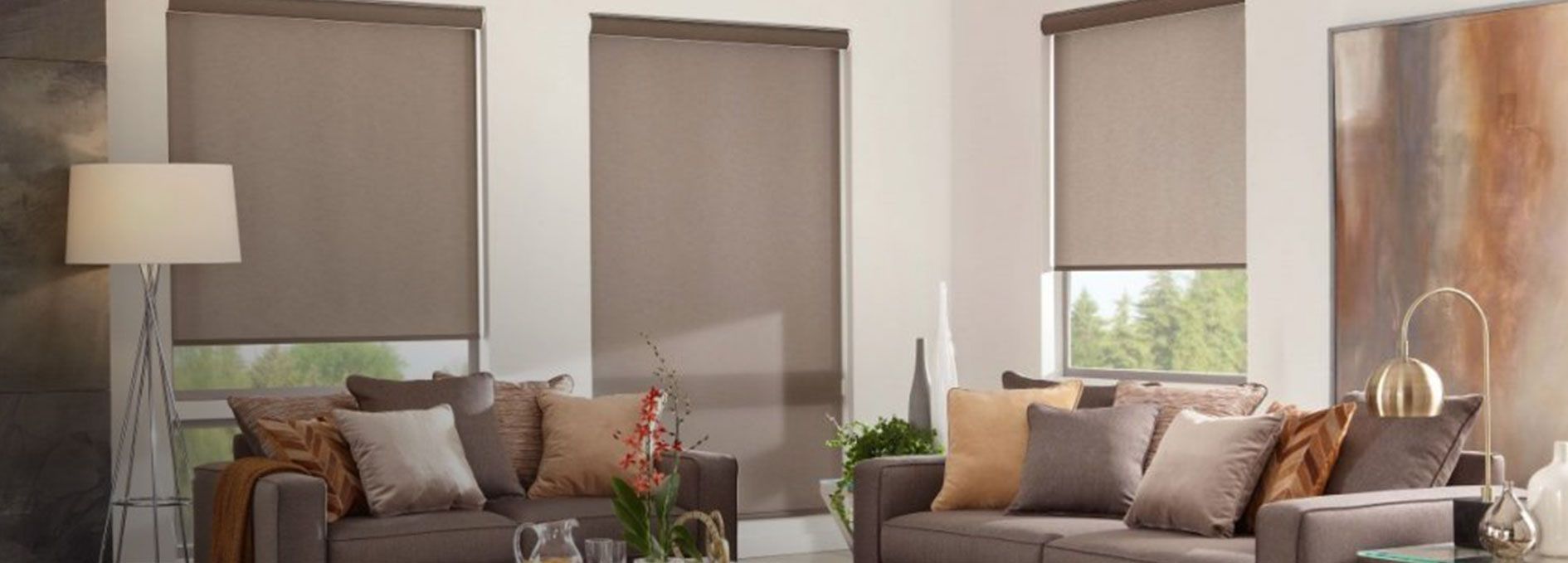
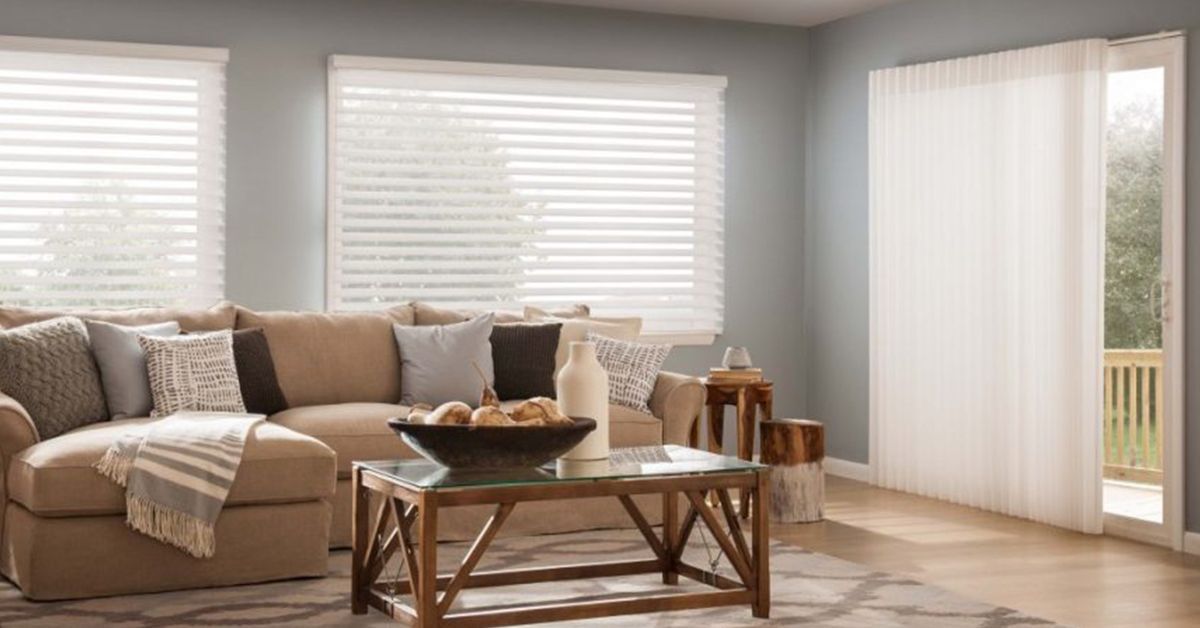
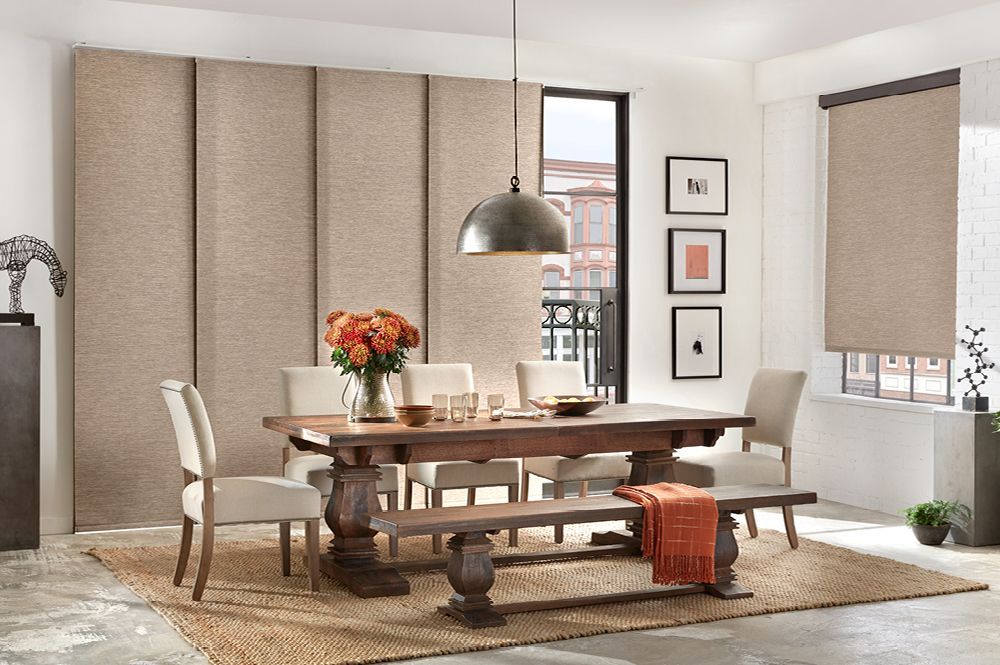
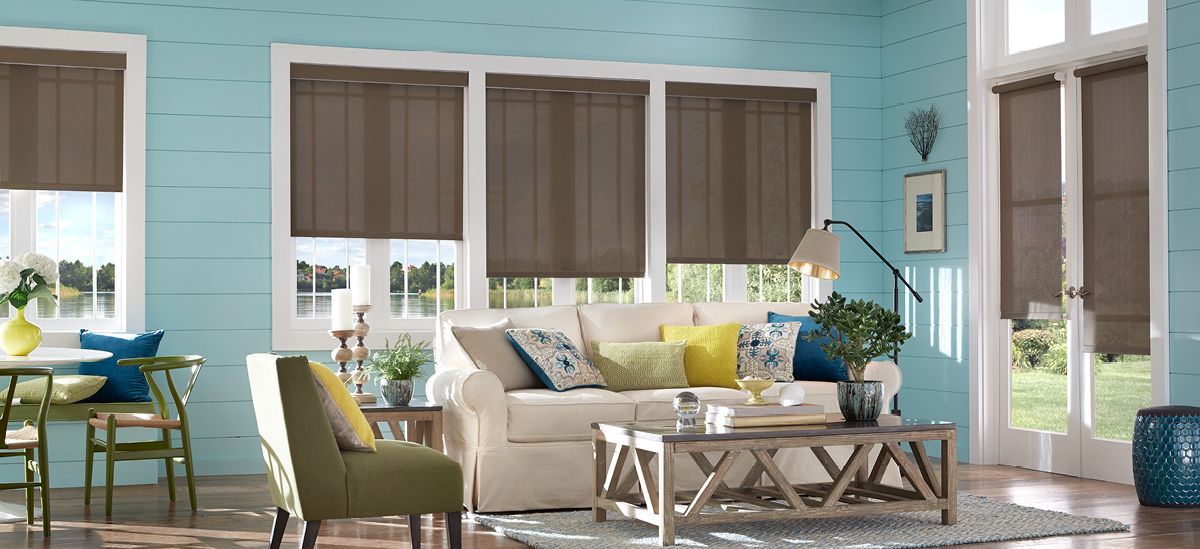
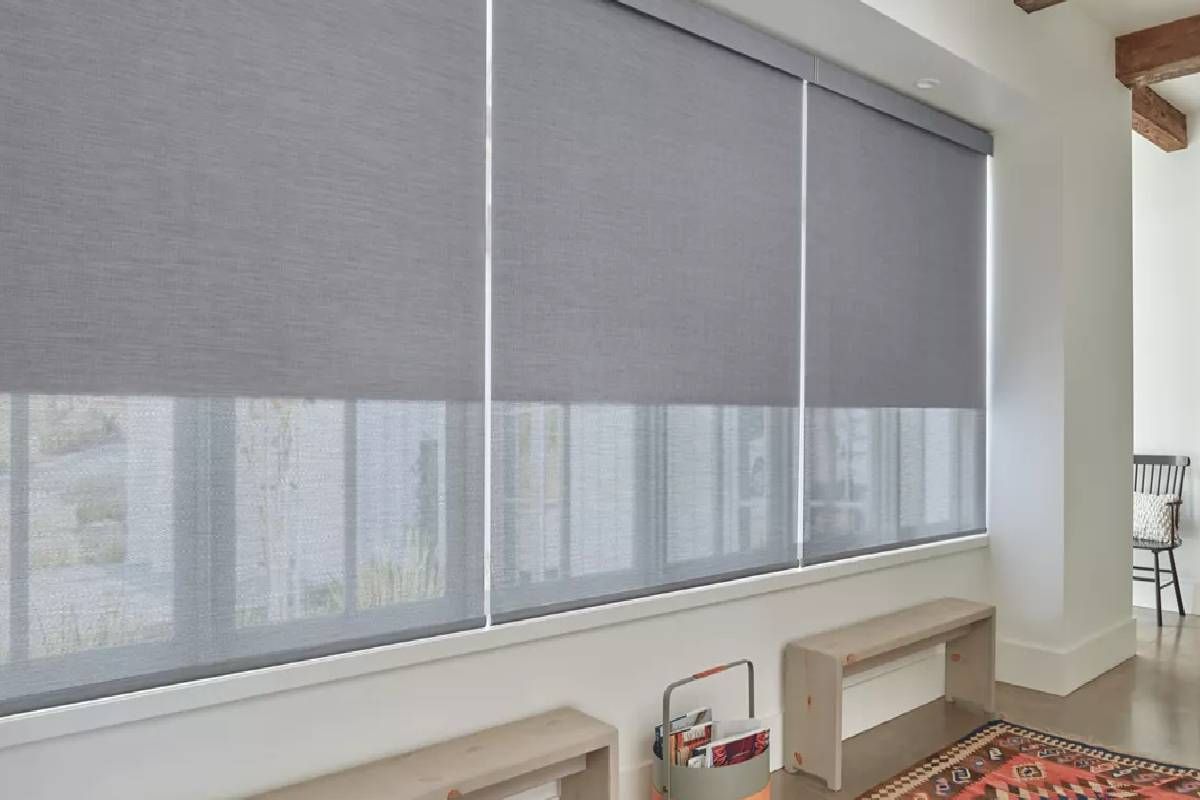
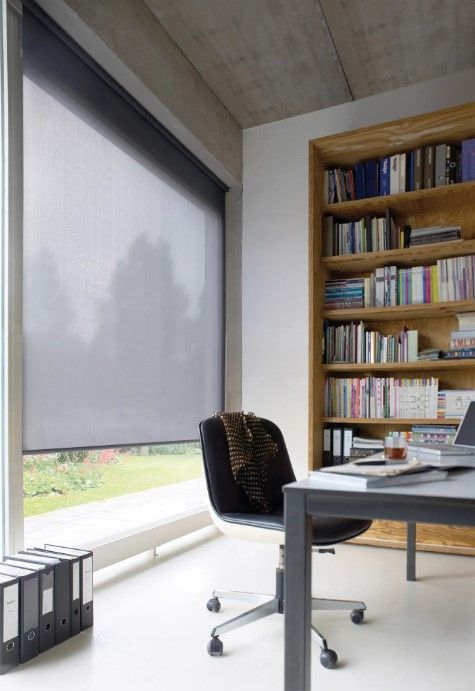
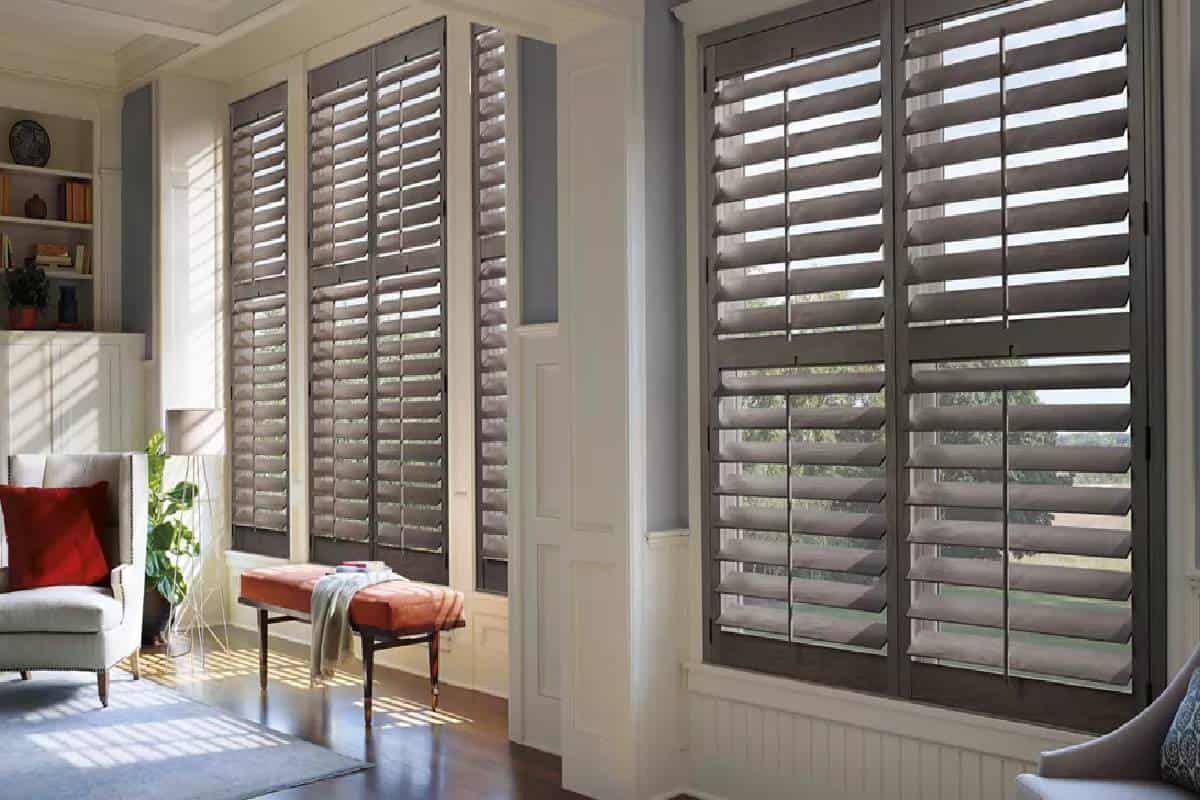

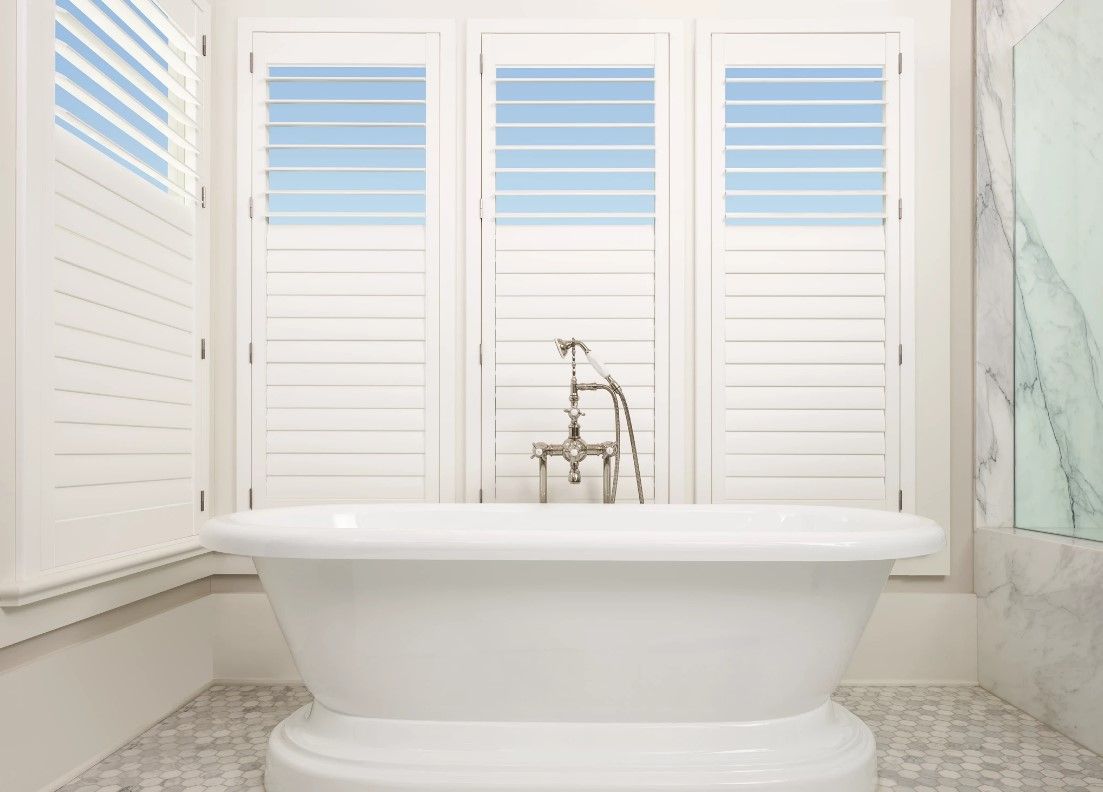

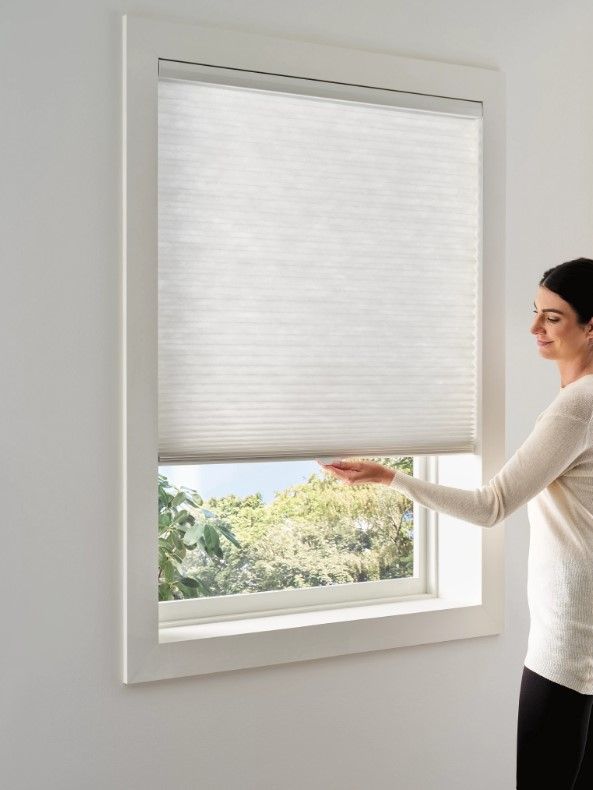
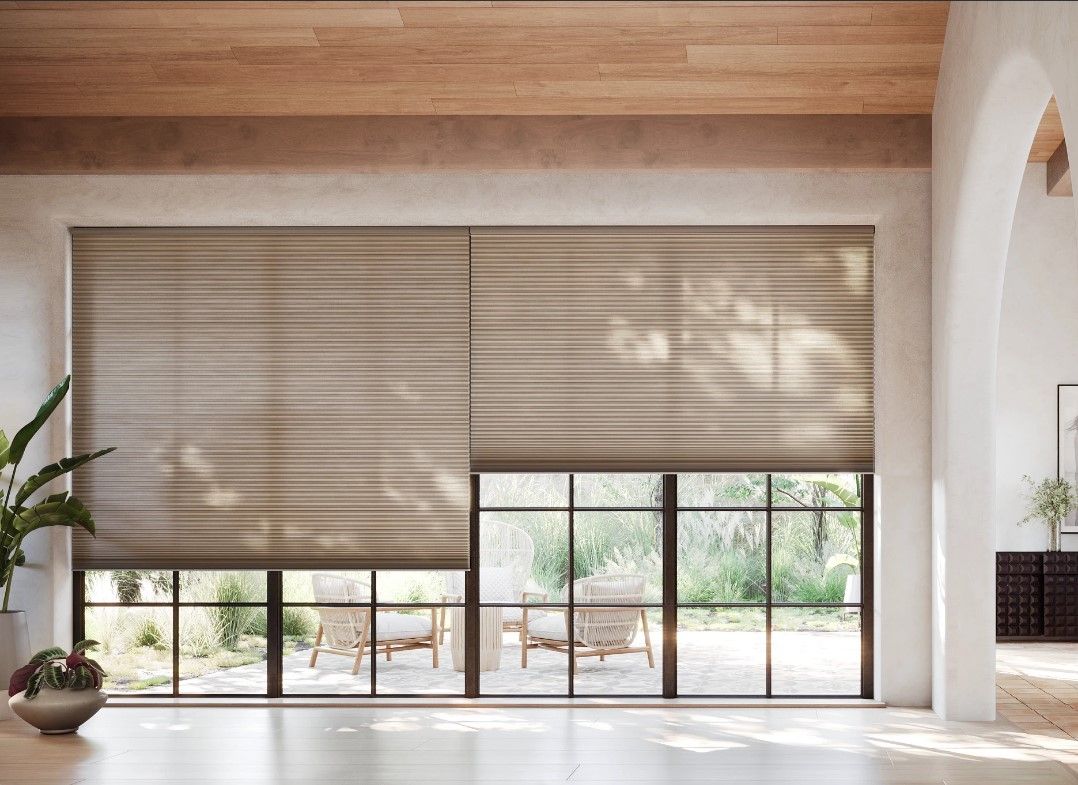

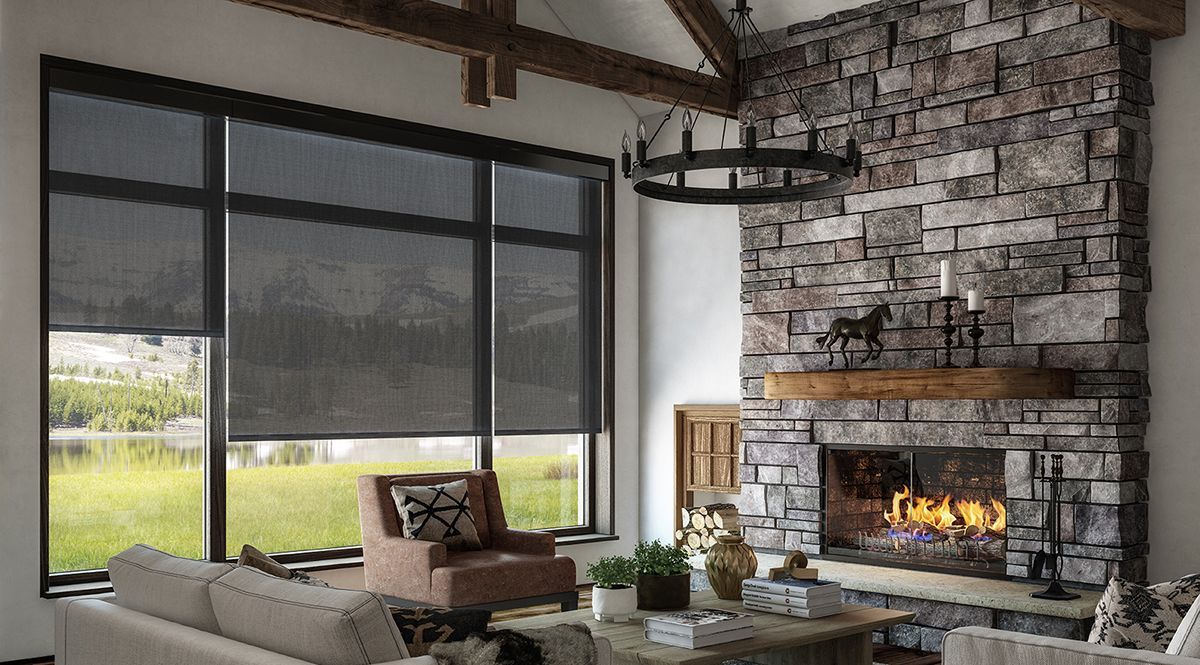
Copyright Shade the View 2021

